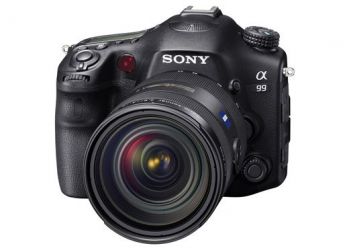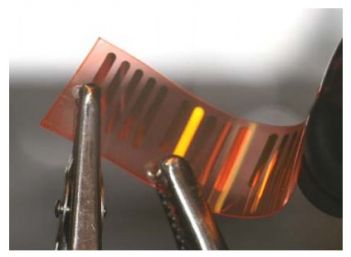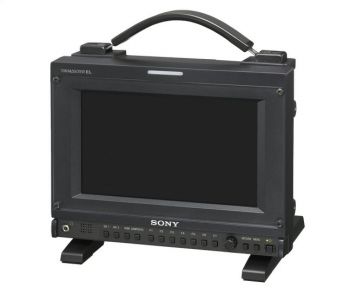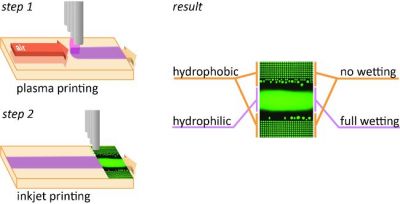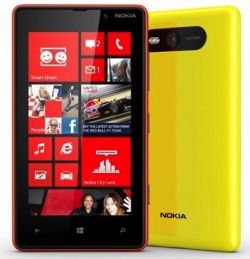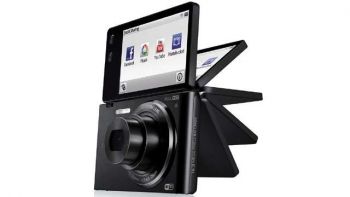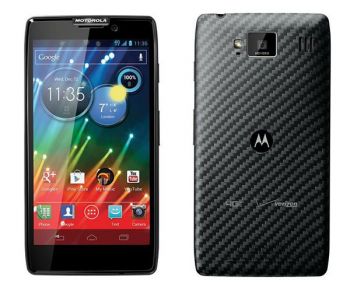Sony announces new cameras with OLED EVFs
Sony announced several new digital cameras and camcorders today, all with the same XGA (1024x768) OLED EVFs (made by Sony). First up is the A99, Sony's flagship full-frame DLSR with a 24.7 mp sensor with on-sesor phase detection, dual AF system and Full-HD (1080p@60). The A99 will ship on October 2012 for about $2,800 (body only).
The NEX-6 is a 16 mp mirrorless interchangeable lens camera that features Wi-Fi, in-camera apps and on-sensor phase detection. The NEX-6 will ship in November 2012 for $850 (body only).
